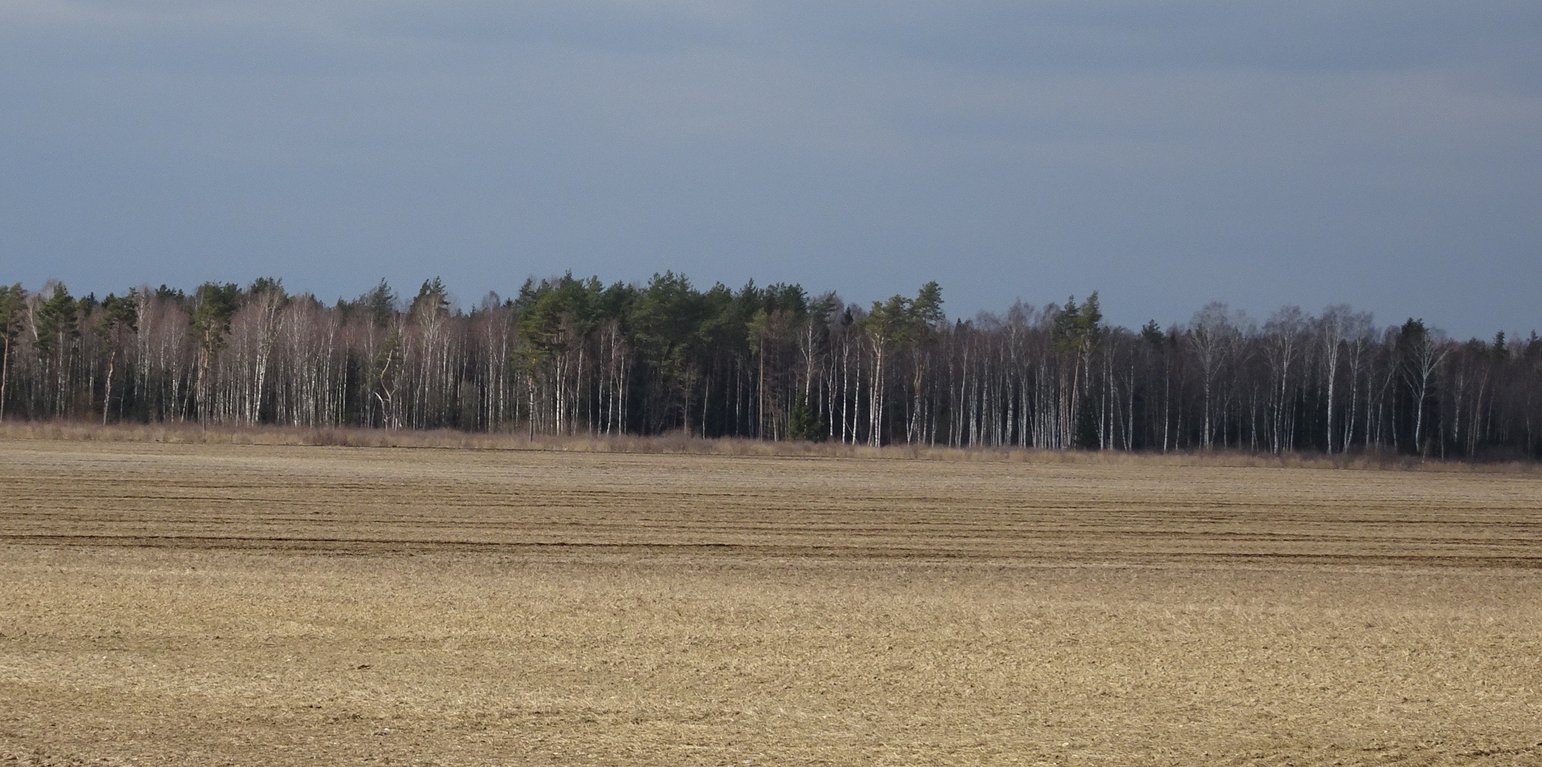



The technology is applied in sub-humid climate with an average of 696 mm of precipitations per year, from which more comes from July to October and less in March and April. Average annual temperature is +4 C, length of the growing period is 180-195 days. The territory is mostly flat, the southern part is hilly with slopes of 6-10%. Average altitude from the sea level is 50 m. About half of the Estonian territory is above 50 m and half is below it. Soils are from very shallow (less than 0.1 m) in the north to very deep (> 120m ) in the south. Soil cover is very variable. In the agricultural area the soils are medium textured with low (< 1%) to high (>5%) organic matter in topsoil. Groundwater is near the surface in wet soils and deep in hilly areas. Biodiversity varies from high to low depending on soil and landscape. Market orientation of production system is mixed and off-farm income is less than 10%. Relative level of wealth is average from individual households to cooperatives. Soil management is mechanized. Land belongs to land users, but is leased also in case of bigger farms (over 100 ha).
Reduced tillage is the tillage method used in agriculture to prepare the seedbed. Usually only the upper 10-18 cm of the soil surface is tilled. There is no use of ploughing and thus it is the method that does not turn the soil over. This may involve the use of a chisel plough, field cultivators, or other implements. Depth of the soil preparation depends on the culture in the rotation - before cereals 10-12 cm, before oilseed rape 15-18 cm. The main equipments to prepare the seedbed are the disc cultivator and the tine cultivator or a combined cultivator. The work can be ordered from contractors as well. Usually farms own the equipment.
The main goal is to maintain soil structure, to improve water infiltration, to reduce compaction, and to reduce fuel and labour costs. As there will remain 30% more residues on the soil surface it will promote the activity of soil organisms. Less disturbance in deeper layers increases number of earthworms and increases species diversity. The greatest benefits for the land users are the reduced fuel and labour costs. The reduced tillage is more suitable for crop rotations without root crops. For example, rotation can be as follow: winter oilseed rape - winter wheat - pea (or bean) - winter wheat - spring barley undersown with red clover - red clover. However, the soil compaction and weediness can drastically increase during the first years of the implementation without using a proper crop rotation or management plan. The soil conditions (compaction and weediness) can get worser inside the first 4 years and start to improve after that. It is not suitable for fields which are heavily affected by perennial weeds, as noninversional tillage can spread the weed roots and higher doses of herbicides are needed.
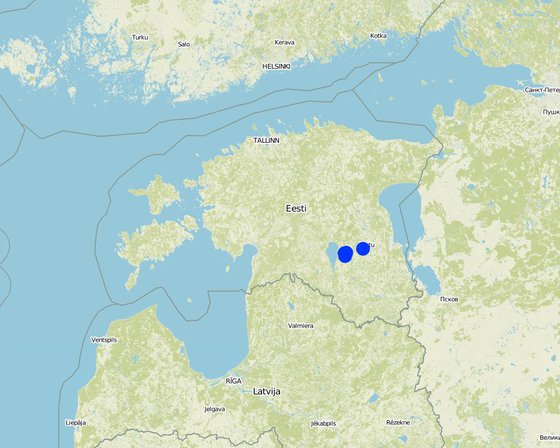
Байршил: Kobilu, Tartu county, Эстони
Дүн шинжилгээнд хамрагдсан технологи нэвтрүүлсэн газрын тоо: 2-10 байршилд
Технологийн тархалт: газар дээр жигд тархсан (approx. 1-10 км2)
Тусгай хамгаалалттай газар нутагт?:
Хэрэгжилтийн огноо: <10 жилийн өмнө (саяхны)
Нутагшууллын төрөл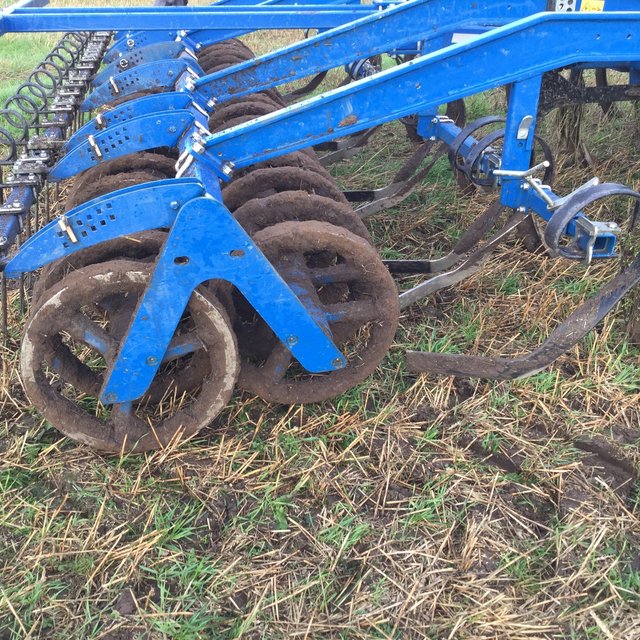
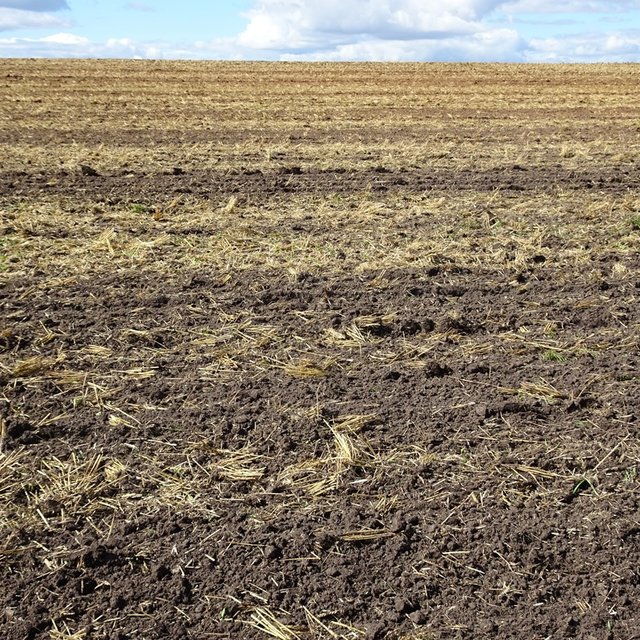


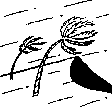
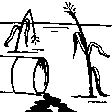
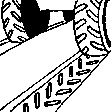

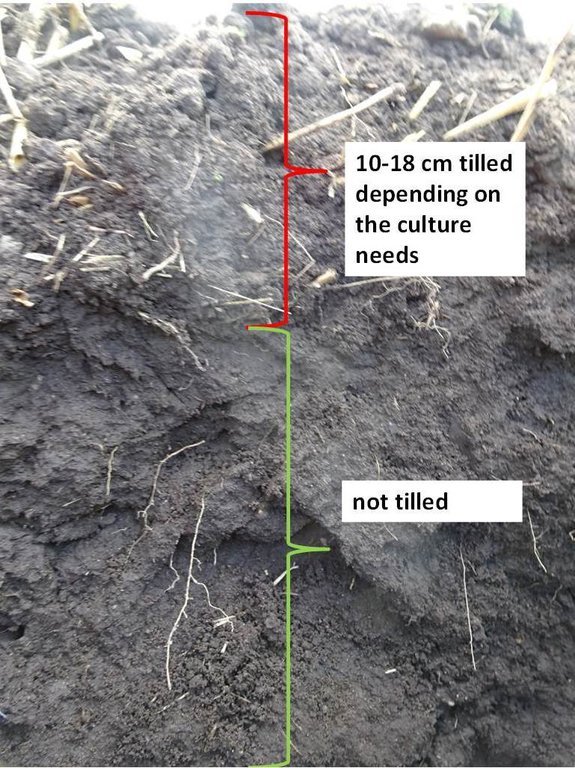
| Зардлын нэр, төрөл | Хэмжих нэгж | Тоо хэмжээ | Нэгжийн үнэ (EUR) | Зардал бүрийн нийт өртөг (EUR) | Нийт дүнгээс газар ашиглагчийн төлсөн % |
| Тоног төхөөрөмж | |||||
| Disc cultivator | piece | 1.0 | 15000.0 | 15000.0 | 100.0 |
| Технологи бий болгох нийт үнэ өртөг | 15'000.0 | ||||
| Технологи бий болгох нийт үнэ өртөг, ам.доллар | 12'711.86 | ||||
| Зардлын нэр, төрөл | Хэмжих нэгж | Тоо хэмжээ | Нэгжийн үнэ (EUR) | Зардал бүрийн нийт өртөг (EUR) | Нийт дүнгээс газар ашиглагчийн төлсөн % |
| Тоног төхөөрөмж | |||||
| Seedbed preparation, fertilization, sowing | times | 1.0 | 131.9 | 131.9 | 100.0 |
| Plant protection | times | 3.0 | 11.2 | 33.6 | 100.0 |
| Fertilization during growth period | times | 1.0 | 16.2 | 16.2 | 100.0 |
| Harvest and grain transport | times | 1.0 | 118.5 | 118.5 | 100.0 |
| Drying and after harvest activities | times | 1.0 | 132.1 | 132.1 | 100.0 |
| таримал материал | |||||
| seeds | kg | 200.0 | 0.28 | 56.0 | 100.0 |
| Бордоо ба биоцид | |||||
| Ammonium nitrate (2x per season) 147 kg/ha N (200 kg fertilizer per ha) | kg | 147.0 | 0.84 | 123.48 | 100.0 |
| Complex fertilizer (27 kg N, 40 kg P and 112 kg K per ha) (450 kg of fertilizer per ha) | kg | 179.0 | 0.74 | 132.46 | 100.0 |
| Herbicides (1 time) | times | 1.0 | 27.0 | 27.0 | 100.0 |
| Fungicides (1 time) | times | 1.0 | 33.2 | 33.2 | 100.0 |
| Insecticides (1 time) | times | 1.0 | 3.6 | 3.6 | 100.0 |
| Retartants | times | 1.0 | 14.0 | 14.0 | 100.0 |
| Технологийн арчилгаа/урсгал үйл ажиллагаанд шаардагдах нийт үнэ өртөг | 822.04 | ||||
| Технологи арчилах ба урсгал ажлын нийт үнэ өртөг, ам.доллар | 696.64 | ||||
ГТМ хэрэгжихээс өмнөх тоо хэмжээ: 6.3
ГТМ хэрэгжиснээс хойшхи тоо хэмжээ: 6.75
The example is based on winter wheat. For spring barley 4.56 and 4.52, for spring oilseed rape 2.24 and 2.15 t/ha with ploughing and with minimum tillage, respectively.
Different studies have shown that the yield can be higher and also lower compared to the conventional tillage. It depends also on the weather conditions and intensity of mangement (fertilization, pesticides).
ГТМ хэрэгжихээс өмнөх тоо хэмжээ: 37.7
ГТМ хэрэгжиснээс хойшхи тоо хэмжээ: 38.1
The weight of thousand grain of winter wheat can be higher under minimum tillage than under conventional tillage in some years. As an average of different years, there is no differences and under conventional tillage the weight of 1000 grains can be slightly higher.
As there is no conventional ploughing, the management is simplified. However, bigger attention should be paid on weed management and crop rotation, which may hinders the land management. There is need to include weed suppressing species, such red clover (or similar) into the rotation.
ГТМ хэрэгжихээс өмнөх тоо хэмжээ: 10.1
ГТМ хэрэгжиснээс хойшхи тоо хэмжээ: 5.2
Fuel cost by ploughing and with minimum tillage as EUR/ha. The fuel demand for tillage will decrease from ca 14 l/ha to 7.2 l/ha
Production costs for producing 1 ton of winter wheat are 5 EUR less by minimum tillage than by ploughing at high yield level (6 t/ha). In some calculations they show 1.7-1.8 times less costs for tillage by minimum tillage compared to ploughing.
Field operations takes less time, decreasing labour costs.
Decreasing production costs allows to sell the food with lower price.
Farmers turning to the minimum tillage have to clarify for themselves the behaviour of their soils, crop rotations etc. to prevent excess compaction, weed infestation.
30% remaining residues on the soil surface helps to catch more snow during the winter.
Higher amount of residues on the soil surface allows water to infiltrate quicker into the soil, as raindrops can not damaging the soil structure as much as after ploughing.
Better soil structure allows water to infiltrate quicker into the soil. Without ploughpan and with intact pore system water drains quicker to the deeper soil.
30% plant residues do not allow water to evaporate in the same speed as by ploughing.
Slight differences in deeper soil (20-25 cm) ca. 4% more moisture in minimum than conventional tillage.
ГТМ хэрэгжихээс өмнөх тоо хэмжээ: 0
ГТМ хэрэгжиснээс хойшхи тоо хэмжээ: 30%
30% more plant residues remain on the soil surface after minimum tillage compared to the ploughing.
Extra residues on the soil surface and better soil structure compared to ploughing reduces soil loss by wind and water.
Increase of soil organic carbon by 0.1-0.2% compared to ploughing.
Stronger soil structure because the increasing organic carbon level improves the resistance to raindrop impact and by this it reduces soil crusting.
In the layer 10-20 cm the increase can be over 0.2 g/cm3 compared to ploughed soils. However, after 4-5 years the conditions starts to improve and there will be less compaction in mentioned layer and deeper (plough pan starts to disappear).
Less intensive decomposition of organic matter leaves more nutrients in the soil.
Slight increase of organic carbon by 0.1-0.2%. Depends more on crop rotation than tillage method.
Due to the need to suppress weeds more winter crops or cover crops are included into the rotation. However, this effect can only be stated if the rotation and management plan will be changed.
Due to the need of changes in crop rotation, more diverse rotations instead of monoculture to suppress weeds. Weeds diversity might increase due to the reduced tillage intensity.
More spiders, beetles, ants compared to ploughed soils.
ГТМ хэрэгжихээс өмнөх тоо хэмжээ: 2 species of earthworms
ГТМ хэрэгжиснээс хойшхи тоо хэмжээ: 3-4 species of earthworms
More earthworm species and higher abundance compared to ploughed soils.
Due to the decreased tillage intensity more attention should be paid on weed, pests and disease control by crop rotation and pesticies. As the residues remain on the soil surface there are also better conditions for pests and disease spreading.
Due to the decreased decomposition intensity, less CO2 emission from soil organic matter (increase of soil organic matter 0.1-0.2% compared to ploughing). As the fuel consumption is ca 40% less than by ploughing, less emission is coming from agriculture.
As there will remain 30% of residues on the soil surface, there is an increased risk of fires in spring.
Residues regulate soil evapotranspiration and temperature. The fluctuations are not so high as by ploughing.
As the soil organic carbon content increases, also the water holding and the nutrient holding capacity increase.
Less sediments due to the lower tillge intensity and more residues on the soil surface
Less sediments from the field to the neighbours fields. Effect on water erosion depends on the slope.
Due to the reduced water erosion, less soil will be transported to the diches and roads (depends on slope).
Due to the decreased decomposition intensity, less CO2 emission from soil organic matter (increase of soil organic matter 0.1-0.2% compared to ploughing). As the fuel consumption is ca 40% less than by ploughing, less emission comes from agriculture.